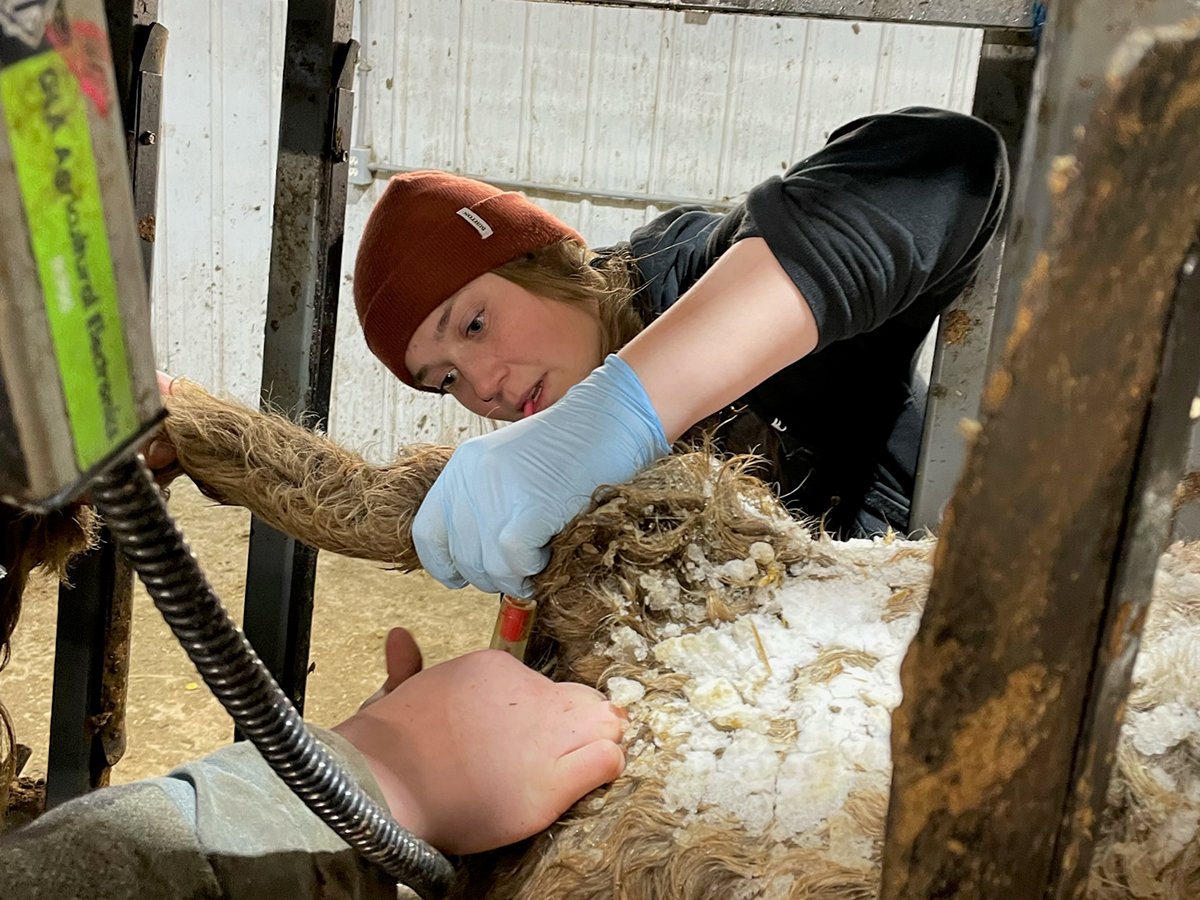A lot has been said lately about added steroids in beef.
Steroids are used for specific treatments for specific conditions, but their use is minimal and has been reduced even further with the arrival of non-steroidal anti-inflammatory drugs.
They are produced by the adrenal gland in normal mammals and released in stressful situations. That is why researchers use salivary cortisol, which is a specific steroid, as a measuring stick for stress.
The steroids that are approved for use in veterinary medicine are slight variations to this molecule with slightly different properties.
Read Also

Pen riders better than tech at detecting respiratory disease in feedlot cattle, says researcher
Katrina Garneau’s recent research found that pen riders are better than technology at flagging signs of BRD in feedlot cattle.
Veterinarians recognize their ad-vantages and use them appropriately yet conservatively.
Steroids were at one time administered along with antibiotics to reduce inflammation in the lungs caused by pneumonia.
However, they have pretty much been replaced with NSAIDs because they can be immunosuppressive.
Steroids are not prescription medications, but veterinarians treat them as such. They prescribe them to their clients when they know they will be beneficial.
There are also some contra-indications, which is why NSAIDs have taken over many of the former uses of steroids.
About the only time they are given in mass is in feedlots, where they are used in combination with a prostaglandin to insure close to a 100 percent abortion rate. That’s why veterinarians must warn of the abortion risk when prescribing steroids for other uses.
Calving is initiated by cortisol from the fetal adrenal gland, which is why steroids and prostaglandins are sometimes given to every heifer in the feedlot.
As well, veterinarians will sometimes palpate the heifers and use the products only on the pregnant ones.
Either way, one shot of this combination relieves many calving related problems in underage heifers, which is a significant benefit to animal welfare.
It’s a necessary step because many young heifers that are exposed to bulls breed much too early.
I have not looked at the numbers, but my guess is that this is where the bulk of steroids are used: as a one-time event long before slaughter is even thought about.
Some steroids have slaughter withdrawals as short as four days, which means they are usually eliminated quickly. There are only a few individual uses of steroids in production animals, and one of these is in allergic reactions.
They decrease the immune re-sponse in an allergic reaction and reduce the fluid accumulation and swelling because they are immunosuppressive. Epinephrine will be used as well in severe cases.
In these cases, steroids can save animals’ lives and may be repeated in short order, although only for a day or so.
A type of respiratory condition called AIP is another individual use for steroids. Antihistamines are often prescribed as well.
These two products may help, but a veterinarian usually makes the initial diagnosis and can recommend specific treatments for these types of respiratory conditions.
This treatment may also be recommended for viral causes of pneumonia, such as BRSV and IBR, and antibiotics are often given concurrently to prevent secondary infection.
Steroids get a bad rap because they are used to treat many chronic skin conditions and hyper immune re-sponses in human and small animal medicine.
The adrenal gland starts to shut down once the body becomes reliant on them, which means they cannot be stopped cold turkey in longer-term treatments.
Dosages must gradually decrease to allow the adrenal gland to increase production again.
However, this is rarely the case with the short-term treatments prevalent in production animal medicine.
Steroids are used sparingly in veterinary medicine in large animal production, but they are a necessary option.
A large number of former uses have been replaced by NSAIDs, but there are certain conditions where steroids are still the drug of choice.
The statements made by some fast food chains, such as A & W, which imply that beef has added steroids, are false and misleading.
If they are used in rare instances, withdrawal times are relatively short because they are excreted quickly.
Always use them when necessary on advice from a veterinarian.















